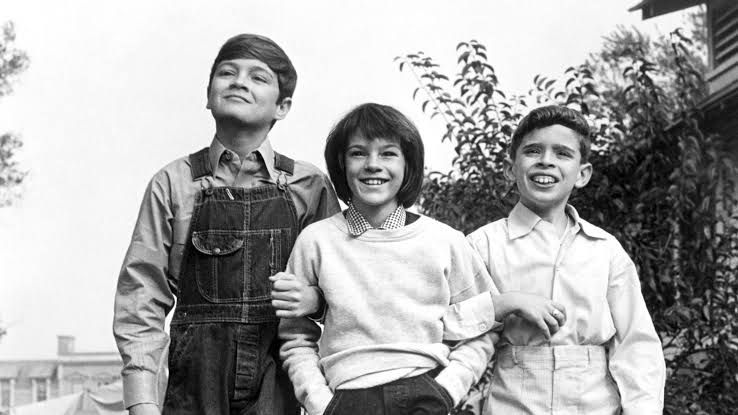To Kill A Mockingbird By Harper Lee
Jun 30, 2019 • 81 views
My sister gave this book to me, rather I took it from her. It seemed interesting but at the time I didn't know it was such a huge part of American classics. To Kill A Mockingbird by Harper Lee was published in 1960, technically the only novel Lee ever published. Lee wrote realistically in her novel about the American South and its blatant racism. The novel discusses of issues such as racism, rape, the established justice system, role of education, duality of life and gender roles.
The genre of the novel is Southern Gothic, which includes themes like that of flawed, decrepit and unsettling characters in decaying surroundings. In that case, the unsettling character presented in this fictional and "tired" town, Maycomb, Alabama is Arthur "Boo" Radley. Another genre the novel falls under is that of Bildungsroman, which revolves around coming of age of the protagonist. It follows their journey and growth from childhood to adulthood. The protagonist of this story is Jean Louise Finch, also known as 'Scout'. Scout along with her brother Jeremy, also known as Jem, and their friend Dill, play together and get into trouble just like kids would. But Scout is not like other kids. It is through her persepective that we encounter the hideous events taking place in the dreary town.

Throughout the novel Scout's father, Atticus Finch who is a lawyer, teaches her one of the most crucial lessons of life. It's to look at things from other's persepectives. "You never really understand a person until you consider things from his point of view." It helps us gather a more absolute sense of the set of characters we are presented with.
In short, the novel revolves around the heavy topics of racism and rape. Atticus Finch is appointed by the judge to defend the accused African-American man, Tom Robinson. The allegations against him are that he raped a young white girl named Mayella Ewell, daughter of the town drunk Bob Ewell. Atticus proves that Mayella came onto Tom, that she and Bob are lying but the biased jury convicts Tom. Tom tries to escape but ends up getting shot. It's through this event that Scount learns about the broken justice system. Despite Tom's innocence, his life is ruined and ultimately cruelly ended. Even more horrific is the fact that after Bob's credibility is besmirched, he wants to extract revenge on Atticus, he spits in his face and goes even as far as attacking Scout and Jem. The attack is stopped by "Boo" Radley, who is extremely fond of the children. But, Atticus' teaching still resonates with Scout. He explains to Jem the reason of Bob's anger, that he had destroyed any little credibilty Bob had left in front of the whole town. If spitting in his face would save Mayella from another beating, he would gladly take it.
The other aspects of life Scout encounters are that of gender roles and the dual nature of life. You may be quick to write off Mayella as a greedy person looking for opportunities to garner attention but the matter of the fact is that she's responsible for taking care of her seven young siblings. She had to save nickels to buy ice cream for them while all her drunk father did was abuse and maybe even rape her. Why was Mayella pushed into the role of being a mother when she was a child herself? Why was she left friendless and isolated in a town full of 'helpful' citizens? The duality of nature in Scout's life is best presented by her African-American housekeeper, Calpurnia. Calpurnia wasn't like other people of her community, she could read. She had a different way of speaking to 'white' folks and 'black' folks. Scout was fascinated by the fact that Calpurnia led a modest double-life. But despite her progressive character, Calpurnia ultimately fell into the ruse of patriarchy. Scout was usually dressed in loose clothes, even called a tom-boy, but whenever Calpurnia had to take Scout to her church (which provided Scout with a persepective in Calpurnia's and Tom's world), she was made to wear dresses to make her appreance more feminine. Calpurnia navigated her life cautiously in both, her black and white world, and on top of that, her being a woman didn't help either. Had the environment for women not been aggressive, maybe they could've been a larger part of life in the town. If Calpurnia had been a part of the jury for the trial, it could have gone differently. The outcome would have been different and Tom's life could have been saved only highlighting the importance of her role in society.

In conclusion, the title of the novel is justified. Killing a mockingbird was considered a sin as they didn't build nests or be an inconvenience by picking in people's gardens. They just provided the environment with beautiful songs. So, who would be considered the mockingbird? Boo, who was affectionate of the Finch siblings but isolated in his own home? Or Tom whose goodwill towards Mayella led to his demise? Or it might be Scout whose education and surroundings lead to her education of race, class, gender and empathy.
Find out more: https://m.youtube.com/watch?v=3xM8hvEE2dI
